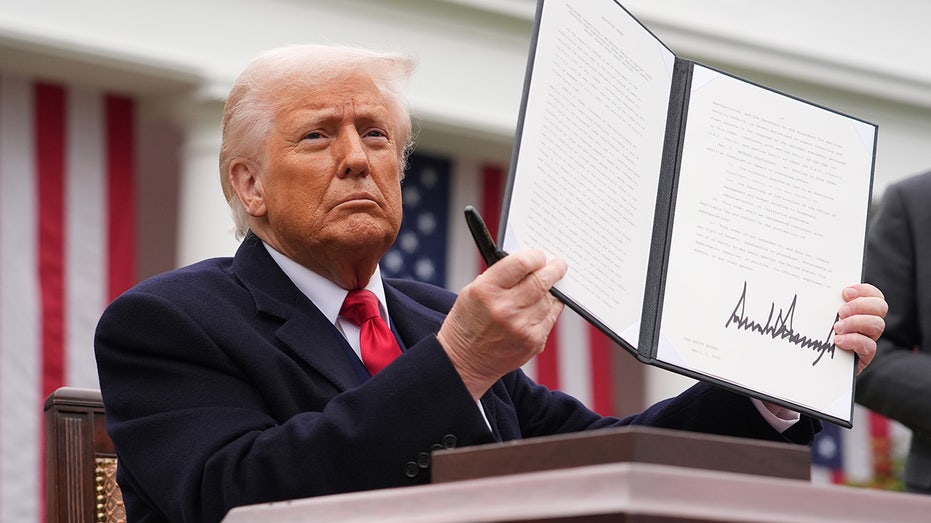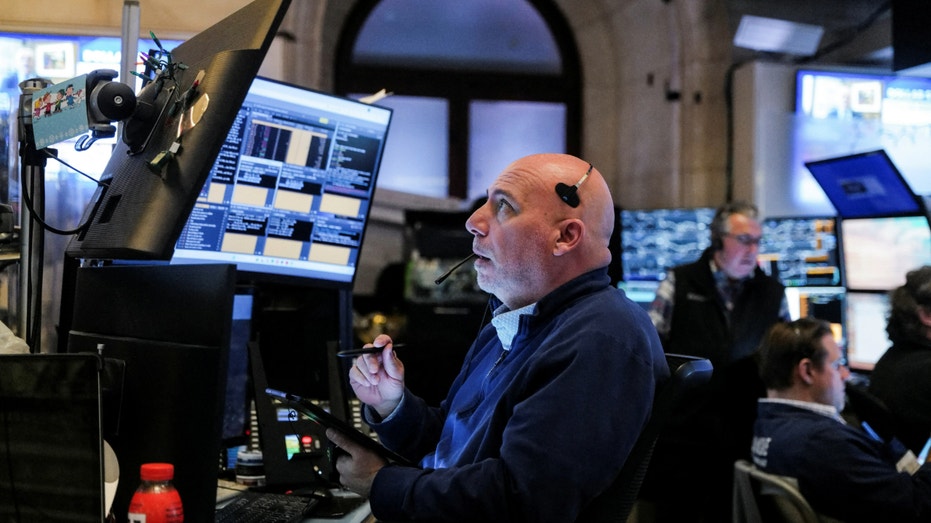President Donald Trump’s tariffs are expected to cause the unemployment rate to rise over the course of this year, though mass layoffs aren’t expected, according to a new analysis.
Allianz economists, in a report published Thursday, said the labor market in the U.S. has remained steady “despite mounting economic headwinds” and noted indicators that show that resilience should continue through the first half of this year.
“The job vacancy rate will be the first to signal a recession (expected in Q2-Q3) but we do not expect large layoffs,” they explained. “The U.S. economy faces a unique combination of supply constraints (more than conventionally thought) and increasingly tight immigration policy. Hence, companies are more likely to hoard scarce labor compared to previous recessionary episodes, preventing a surge in unemployment.”
“Despite the inflationary effects of steep tariff hikes and persistently high policy uncertainty, we do not expect large layoffs as U.S. companies are still enjoying healthy profits and also face elevated labor shortages. Nevertheless, we expect the unemployment rate to rise, peaking at 5% by Q1 2026,” the Allianz economists wrote.
UNEMPLOYMENT WORRIES JUMP TO HIGHEST LEVEL SINCE 2020 IN NEW YORK FED SURVEY
The unemployment rate was 4.2% in March, which was the most recent month for which data has been released by the Labor Department, so the Allianz analysis would see the unemployment rate by 0.8 percentage points (pp) over the rest of 2025 into the first quarter of 2026.
The Trump administration’s efforts, via the Department of Government Efficiency (DOGE) to reduce the size of the federal workforce are ongoing, as agencies continue to move forward with layoffs and extend buyout offers to workers. Lawsuits have been filed against some of the downsizing moves, which have held up efforts to fire probationary federal employees.
Allianz doesn’t anticipate there will be a significant uptick in the unemployment rate due to the workforce reductions at federal government agencies.
HOW TRUMP’S TARIFFS COULD IMPACT THE LABOR MARKET

“The DOGE-driven federal layoffs are not likely to shake up the labor market,” the economists explained. “Layoffs of non-probationary employees in agencies like the Department of Education and USAID will start to show in the data in the coming months.”
“In October alone, the employment report will likely capture the impact of 75,000 federal employees who chose deferred resignation. In total, we would expect federal employment to decline by close to 200,000 this year – more than 10% of annual employment gains. But even in an extreme scenario where dismissed or quitting federal employees do not find another job (but stay in the labor force) the unemployment rate would increase by just +0.3pp in 2025,” they wrote.
The analysis added that with the labor market expected to weaken gradually over the course of the year and a “tariff-induced inflation spike in the summer,” it expects the Federal Reserve will move forward with interest rate cuts at the end of 2025 and early 2026 to support the full employment component of its dual mandate.
RECESSION FEARS, TARIFF UNCERTAINTY PROMPT PLUNGE IN CONSUMER SENTIMENT

Allianz economists also noted that following the announcement of Trump’s so-called “Liberation Day” tariffs, investors initially moved to traditional safe-haven assets like U.S. Treasuries and the dollar. However, once the scale of the “reciprocal” tariffs became clear, the focus on the inflationary impact and expectations that tariffs will push inflation higher and delay Fed rate cuts that had been expected to arrive earlier spurred a move away from those safe havens.
“Markets quickly adjusted their expectations, driving a reassessment of the future path of monetary policy and lifting yields, particularly at the long end of the curve,” they wrote. “However, a more structural and perhaps more concerning explanation is gaining traction: a wave of global divestment from U.S. Treasuries and the U.S. in general.”
“This is supported by the rare occurrence of rising U.S. yields alongside a weakening dollar. Ordinarily, higher yields attract foreign capital and strengthen the capital,” the Allianz economists explained. “The fact that the opposite occurred suggests major holders were not only selling Treasuries but also converting the proceeds into currencies – possibly reallocating to European markets.”
Read the full article here












